The juicer vs blender debate is one of the most common kitchen appliance dilemmas. You will find juicers and blenders in just about every home, but which one should you choose? To answer this question, we need to consider juicing and blending separately.
Contents
Juicer vs Blender – Why We need to Use
Whether you choose a juicer or a blender, this is going to be one of the best gifts for your body. Both juicing and blending can help you consume more calories, vitamins, minerals, fiber and antioxidants. When juicing fruit and vegetable you are separating the juice from the pulp which means that all of those nutrients go straight into your body without any need for digestion. Juicers are great if weight loss is one of your goals but blenders also have their benefits as well. Blending smoothies causes less oxidation so they retain their coloring properties as well as many of the nutrients found in them such as beta-carotene and vitamin C.

Juicing vs Blending: What are the Differences
A juicer separates juice from the skin, pulp and seeds from fruits and vegetables. A juicer is perfect for juicing leafy greens such as spinach or kale because it just leaves behind these healthy ingredients.
A blender blends things up to make them smooth like milk shakes, soups, dips and sauces. Blenders are not always suitable for juicing since they leave much of the nutritious content in the pulp and skins of fruits and veggies which is why a juicer should be chosen if you want to enjoy fruit juices without added sugars or artificial colors/flavors.
For best results with both types of appliance use ice cubes instead of water when making something cold (or hot) so that your drink stays cooler longer; avoid adding more than two cups of liquid at a time to the juicer; and don’t put cheese in your blender because it will just clog up the blades.
Juicer vs Blender – which one is better for your Health Benefits?
A juicer is best for juicing because it leaves all the nutritious content in the fruit and vegetables, while a blender needs to be used with caution when making something cold or hot.
Juicers are usually not suitable for blending due to leaving behind pulp and skins which can lead to added sugars/artificial colors/flavors getting into your drink; if you want pure juice then a juicer should be chosen instead of a blender.
To get maximum benefit from both types of appliance make sure to use ice cubes instead of water so that drinks stay cooler longer, don’t add more than two cups at once when juicing, and avoid putting cheese in the blender as this will just clog up the blades and ruin the food.
A juicer is a great appliance because of its versatility, juicing everything from wheatgrass to hard vegetables can be done with ease; you also don’t have to worry about any unwanted pulp or skins getting in your drink.
If your juicer doesn’t come with an attachment for making hot drinks then it’s best not to use it as they are usually more fragile than their blender counterparts and need careful handling.
And while some people might think that juicers take longer, this isn’t true if you plan ahead – just make sure to wash all items beforehand so there s nothing left over on them which could affect the taste/texture of the juice itself. We hope these tips help!

Juicer vs Blender: A closure look into the Juicers
Juicing is a great way to get the vitamins and minerals our body needs.
Juicer Pros
A juicer extracts juice from fruits and vegetables without adding any additional ingredients or water. This means that you get all the natural vitamins, minerals, antioxidants, enzymes etc., in their unprocessed form. Juicers are also very easy to clean since there are no complicated parts involved with juicing. Finally, juicers are very efficient in extracting juice from fruits and vegetables, meaning you get more for your money.
Juicer Cons
One downside of juicing is that the pulp left over afterwards cannot be used to make other types of food such as soups or sauces (although this can sometimes be circumvented by adding it to your compost). Juices also contain a lot less fiber than their unprocessed counterparts so juicing could lead to constipation if not consumed with care.
Types of Juicers
There are different types of juicers available in the market and able to juice different types of fruits and vegetables, from apples to kale.
Centrifugal Juicers
Centrifugal Juicers are the most common type of juicer in North America and Europe because it is the cheapest option as well as being able to extract a high volume (roughly 60 litres per hour). They do not need any pre-cutting of fruit and vegetable, which means they are great for people who have limited time or dexterity. These juicers can also be used for other things such as making pasta sauces, baby foods etc.
Cold Press Juicers or Masticating Juicers
These juicers use either a single auger that crushes produce using pressure or an attachment with cutting blades within them that uses both pressure and cutting to produce juicer pulp. They are a great option for juicing large quantities or leafy greens, which can be tough in juicers with screens because the fibers get caught and clog up the mesh.
Read More: Best Cold Press Juicers for 2021 – Trusted Brands, Buying Guide and FAQs
Twin Gear Juicers
Twin Gear juicers use two metal gears juicing produce with a spinning motion. They are very easy to clean, and can juice every fruit and vegetable from soft fruits like oranges or grapefruits to fibrous vegetables such as celery or beets.
Read More: The Best Twin Gear Juicers for Your Home in 2021
Hydraulic Press Juicers
Hydraulic press juicers are the newest types of juicers for fruits and veggies. They work by pressing juicer juice out of produce using a hydraulic press, and they are much quieter than all other juicers.
Manual Press Juicers
Manual juicers use human power to extract juice and are a great choice for those who want to juice small quantities of fruits and vegetables.
Juicer vs Blender: The World of Blenders
Many people like to make their own nut milks and smoothies but not everyone has a blender.
Blender Pros
Blenders have all the same benefits as juicers without any cons! They extract juices just like juicers but they add some water which means there’s no need for complicated parts and they destroy rather than leave fibers behind.
Blender Cons
The one downside of juicers is that they can be messy if you don’t have the right configuration for juicing. It’s also possible to cut your fingers and hands on any sharp edges as well as mess up surfaces with juice spillages. Blenders are easier to clean since there’s no need for juicer parts but it could be difficult to get all the small particles out without a sieve or filter which means some pulp may still remain in the finished product.
Blenders Types
There are two types of blenders: single-speed and multi speed. Single-speed (sometimes labelled as “low” or “slow”) blenders have one spinning blade around the perimeter at the bottom, where you insert your fruits or veggies ingredients; this type is good for blending liquids but not so great with solids like ice cubes that will get stuck on the sides because there isn’t enough agitation to break them up. Multi-speed juicing has more blades in it which makes it perfect for mixing anything from eggs to cheese sauces without being too loud or messy – these are also great for juicing.
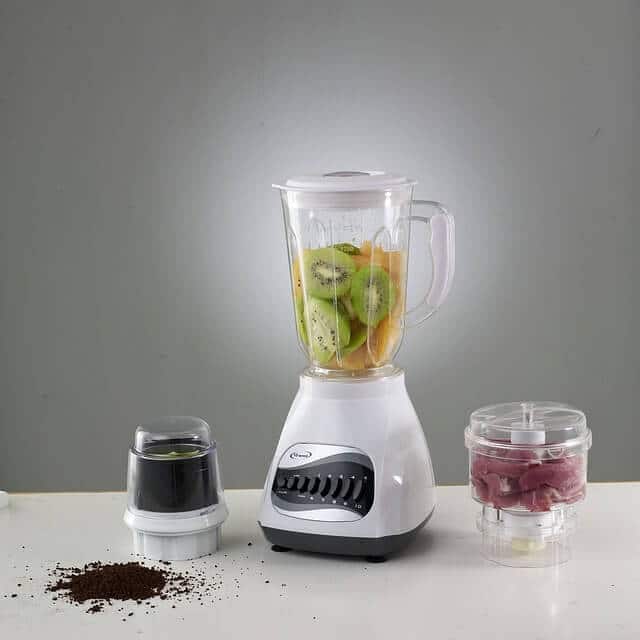
The best blender is one that’s powerful enough to do the job, well-designed and easy to use, has a wide container opening so you can add ingredients without spilling or dripping (especially important if you’re juicing), and doesn’t have any sharp edges on its blades. I recommend spending more money here than with other kitchen appliances because it will save time and be worth it in the long run – this is especially true when juicing as higher quality blenders are better at making sure all of the small particles of fruits and vegetables get blended into juice rather than left behind in the pulp where they might go rancid over time.
Final Verdict: Juicing Vs Blending
Which is the best kitchen appliance for you? Juicer or blender? It’s a hard question to answer, but it doesn’t have to be. We’ve done all of the research and compiled everything in this blog post so that you can make an informed decision about which juicer or blender will work best for your needs. Hopefully we helped clear up some questions as well! Here are our final thoughts on what matters most when deciding between a juicer vs blenders – convenience, speed, versatility, and price matter more than anything else. Choose whichever suits your lifestyle and budget better!










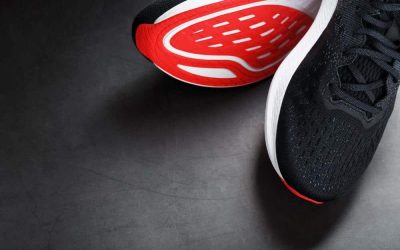
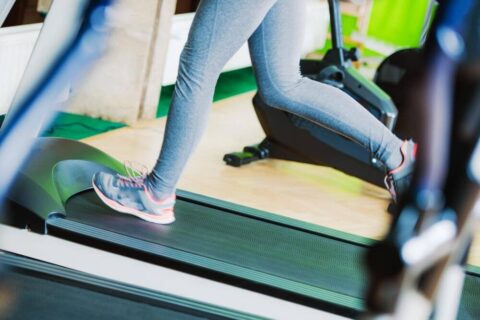
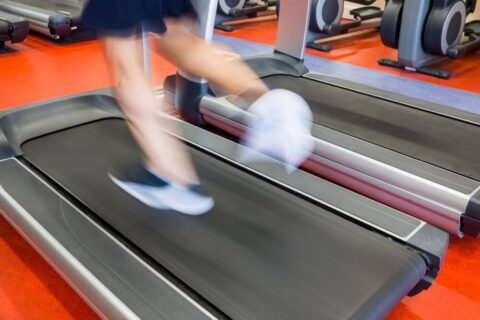




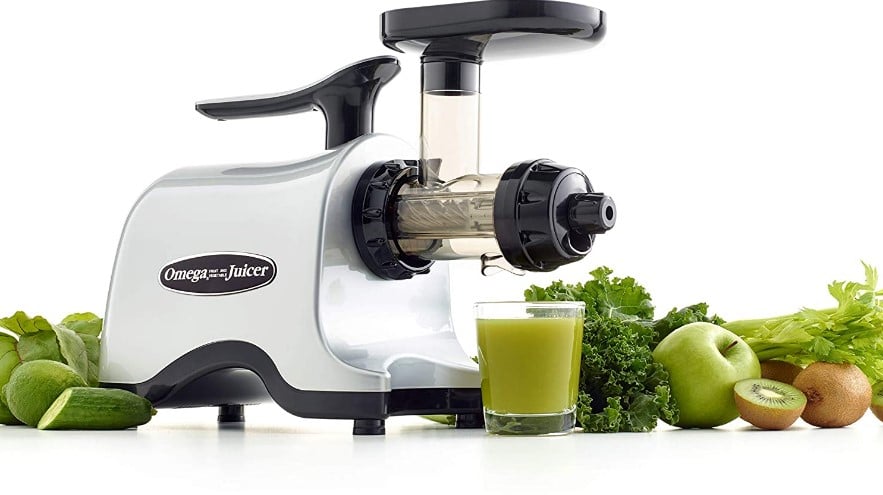


11 thoughts on “Juicer vs Blender – Which is the Best Kitchen Appliance”
You can definitely see your enthusiasm within the article you write. The sector hopes for more passionate writers such as you who are not afraid to mention how they believe. At all times go after your heart.
informative post!
I join. All above told the truth. We can communicate on this theme.
Hello. And Bye.
Amazing post to find here with this much content. I am surprised to see it really happy.
really good!!!
I just want to say thank you for this great website. I found a solution here on iwassweet.com for my issue.
Do you mind if I quote a couple of your posts as long as I provide credit and sources back to your website? My website is in the exact same niche as yours and my visitors would definitely benefit from a lot of the information you provide here. Please let me know if this okay with you. Thanks a lot!
my cohorts have been looking about. The niche of up to date info on this website is one of a kind and needed and is going to help my friends and I in our studies a lot. It appears as if this team has a large amount of expertise regarding subjects on the site and the other links and information also show it. I’m not usually browsing websites all day long but when I am bored I am more often than not hunting for this sort of factual information and things similarly related to it.
Very informative!
I need a juicer for Wheatgrass, could you please suggest some?